Types and varieties of bird cherry
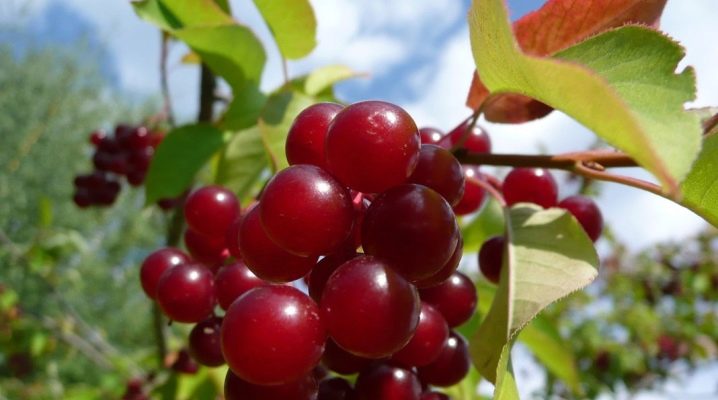
Bird cherry is an ornamental tree that delights gardeners with fragrant and attractive flowers. The plant belongs to the Rosaceae family, especially highlighting the strong immunity of the culture and the possibility of using it in landscape design. It is worth considering the key features of the bird cherry, as well as its most common varieties.
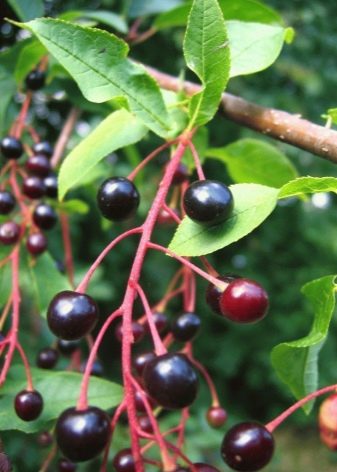
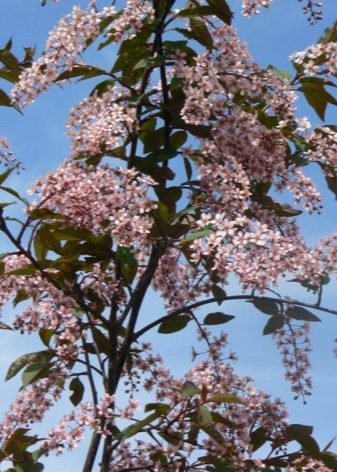
Bird cherry virginiana and its description
Virginia bird cherry is a varietal garden crop, which is a fairly popular tree. It can be found in the forests of Eurasia and in other regions. A tree-like plant grows up to 18 meters, it is very rare in the form of shrubs.
Other characteristics:
- leaf plates are green, large, with a bluish color on the underside;
- flowers are medium in size, flowering begins closer to mid-spring;
- the fruits are small, the maximum diameter reaches 0.5 cm, dark in color.
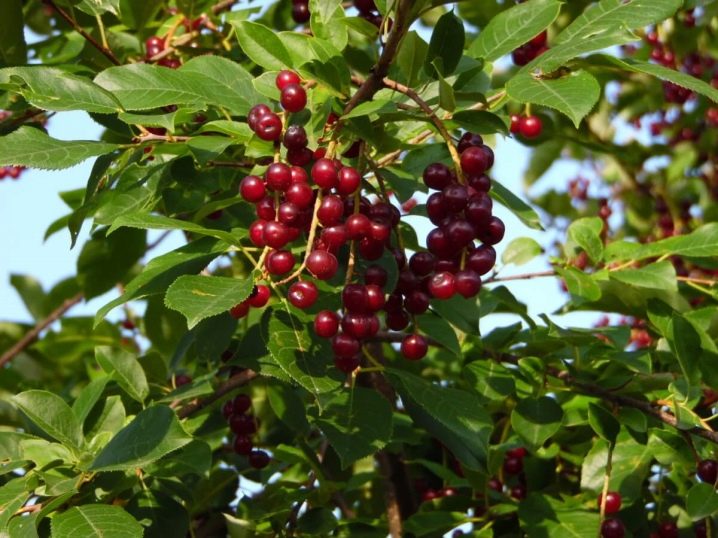
The berries of the bird cherry are sweet, have a rich shine, for which they are appreciated among gardeners. Virginia is considered the most common and unpretentious species that does not require special conditions for growing.
The only thing a tree needs is good lighting and regular watering. Then, some time after planting, the bird cherry will release large leaf plates of a lilac or reddish hue, which will subsequently acquire a green color.
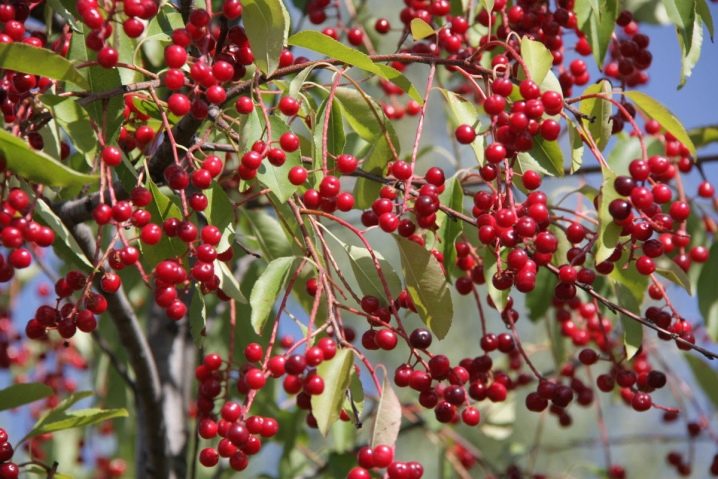
If we consider the natural habitats of the plant, then it can be found in North America and Russia. Among the common varieties of the species:
- shrub of low height Nana;
- Pendula cultivar with an unusual "weeping" crown;
- Rubra tree with cherry-colored fruits;
- bird cherry Xanthocarpa with yellow berries.

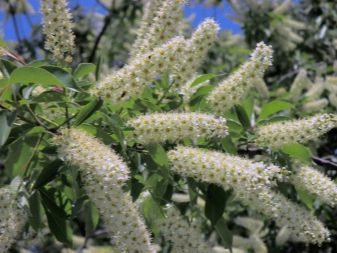
During the period of active bud formation, the red-leaved bird cherry produces snow-white inflorescences, the size of which cannot be called large.
If you take care of the care in time, the bird cherry will begin to form fruit almost immediately.
Features of common bird cherry
The second most popular species is the bird cherry or "Neubiennaya", it grows in the regions of the Moscow region. The maximum height that bird cherry reaches is 5 meters, which makes it possible to call the plant a tree.
Among the main characteristics are:
- leaf plates of an unusual shape and a pleasant purple hue in the spring, which then gradually changes to green;
- lush inflorescences of a pale pink color, emitting a rich smell of almonds;
- strong, dense, purple-colored branches and bark.
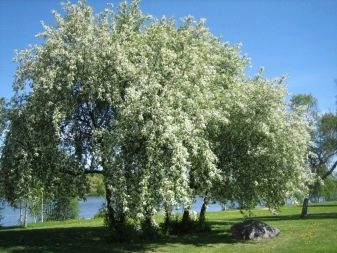
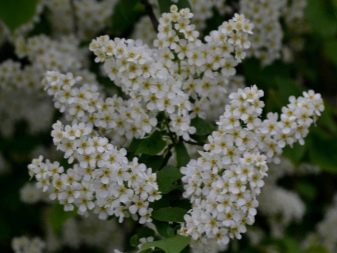
Bird cherry sprouts from the root, therefore it is often used for reproduction, as it quickly takes root in almost any conditions. The plant prefers to grow in humid climates in brightly lit areas. It endures winter without difficulty, does not even require additional shelter. The species forms fruits towards the end of August.

Other varieties
The bird cherry has many varieties and varieties that are actively grown in many regions of the country and the world. It is worth considering the most popular representatives, in demand among both gardeners for their sweet fruits and among landscape designers.
Late
A popular species that is often found in areas of North America. Today you can also see such bird cherry in Russia in temperate regions. Specifications:
- maximum height - 30 meters;
- leaves of a rich green color, which changes depending on the season to yellow or reddish;
- the bark is black and dense;
- inflorescences are small, delicate pinkish shade;
- fruits of dark shades and up to 1 cm in diameter.
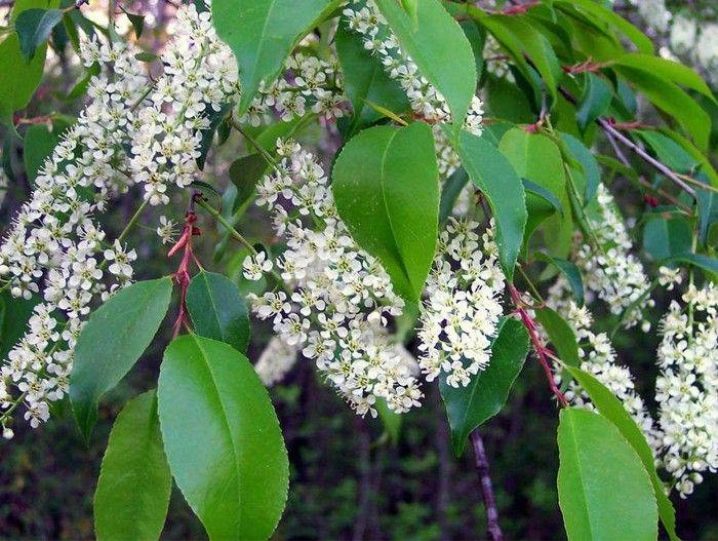
The peculiarity of the late bird cherry is that its berries can be eaten without the risk of poisoning or earning indigestion. Fruits ripen closer to autumn, then harvest is carried out. The advantage of the tree is its self-fertility, which does not require planting additional crops for pollination.
The root system is quite well developed, so bird cherry takes root even in harsh conditions.
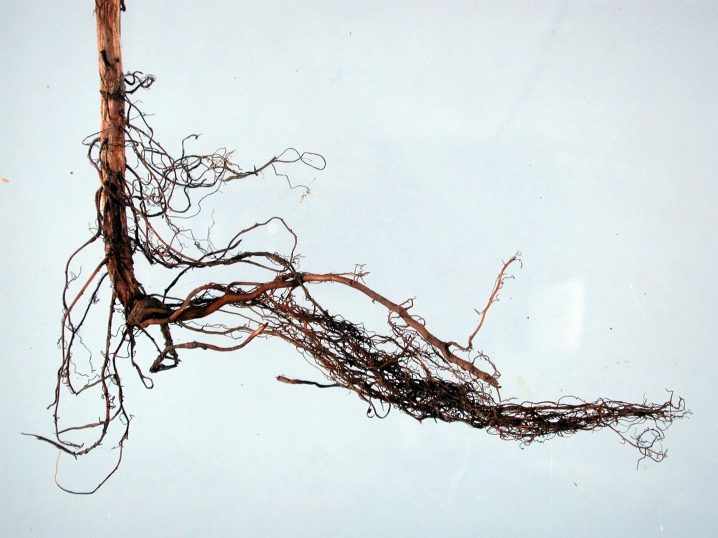
Pennsylvania
A special variety imported from North America. In Russia, it grows mainly in forests or near water bodies, as it prefers a humid climate. Pennsylvanian bird cherry is an erect tree with the following characteristics:
- maximum height - 12 meters;
- branches are strong and powerful;
- the bark of a rich cherry color, dense, withstands attacks from pests;
- sprouts are thin and shiny;
- leaf plates are slightly elongated downward, green in color.
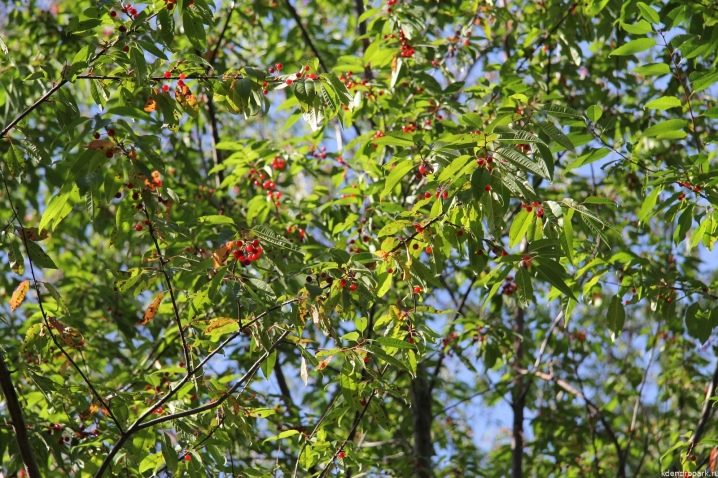
The tree forms large inflorescences of snow-white shades in the summer season, which then develop into compact-sized red fruits. The tree withstands lower temperatures well and does not require additional shelter in frost, for which it is appreciated by gardeners. It is better to plant bird cherry in moist soil so that the plant takes root faster and starts active growth. Additionally, gardeners recommend carrying out formative and preventive pruning in order to:
- prevent the spread of diseases and pests;
- form a crown;
- accelerate the growth of shoots.
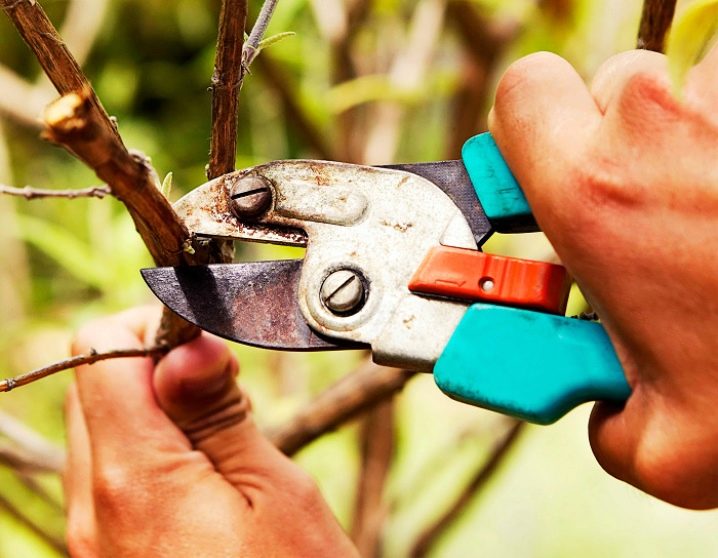
For 10 years, bird cherry grows rather quickly, then gradually slows down.
At first, it is recommended to limit the roots with slate so that they do not grow much. You can also use steel sheets or plastic.
Maaka
The variety is found mainly in the Far East, China and Korea. The maximum height that a tree can reach is 17 meters, however, Maak bird cherry can often be seen as a shrub that does not exceed 8 meters in height with proper care. Specifications:
- bark of medium density, smooth, reddish-reddish shade;
- leaves of a rich green tone, rather large, acquire a yellow color by autumn;
- inflorescences are small, pale white.
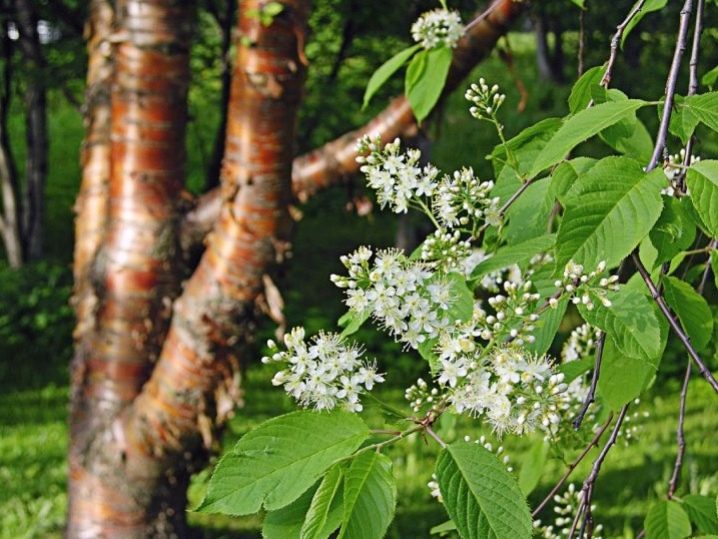
The flowers do not have a strong aroma compared to other varieties. Towards the end of August, the bird cherry forms small berries that are more suitable as a decorative tree decoration. The variety is quite resistant to temperature extremes, but requires good lighting for active growth and loves high humidity.

Siori
The tree is also called the Ainu bird cherry. It grows mainly in the areas of Sakhalin Island, it is also found in the Kuril Islands and in Japan, sometimes in China. Main characteristics:
- maximum height - 10 meters;
- leaves are bright green in the upper part and light green closer to the roots;
- inflorescences of a lilac-red hue, emit a pleasant and rich aroma.
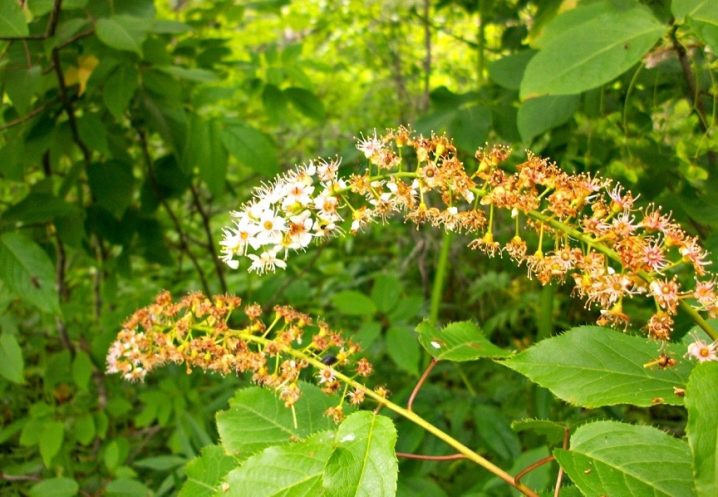
Bird cherry is distinguished by the formation of large fruits, the diameter of which reaches 10-12 mm in cross section. The berries are suitable for human consumption, so gardeners often plant a tree on the site.
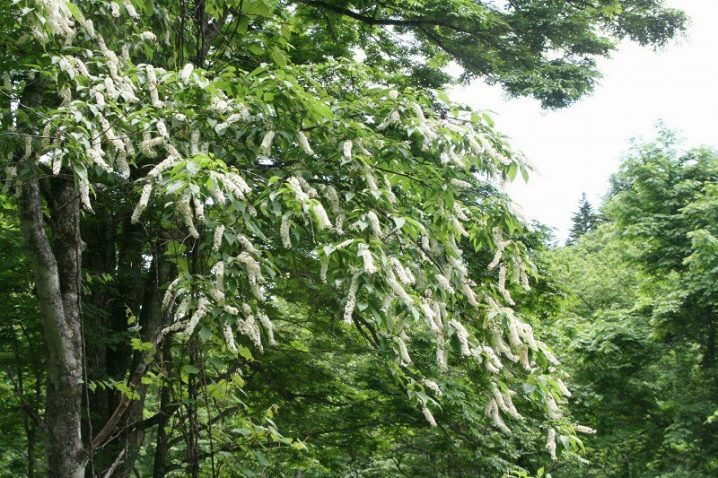
Magaleb
A fairly common subspecies that is planted by residents of European countries, as well as domestic gardeners. The people also know another name for the tree - magalebka. In England, for example, bird cherry is called Saint Lucy. Specifications:
- maximum height - 10 meters;
- leaves are green, slightly rounded, up to 7 cm long;
- inflorescences of a delicate white shade, small, exude a pleasant aroma;
- flowers are white.

Bird cherry usually blooms from April to May. At the end of flowering, it forms small dark fruits with a bitter taste, which, if desired, can be used for food.On average, the culture begins to bear fruit only 4 years after planting.
Among the features of the variety, they distinguish excellent resistance to sudden changes in temperature. Bird cherry tolerates drought, rainy seasons and frosts without additional shelter. The culture is propagated mainly by seeds.
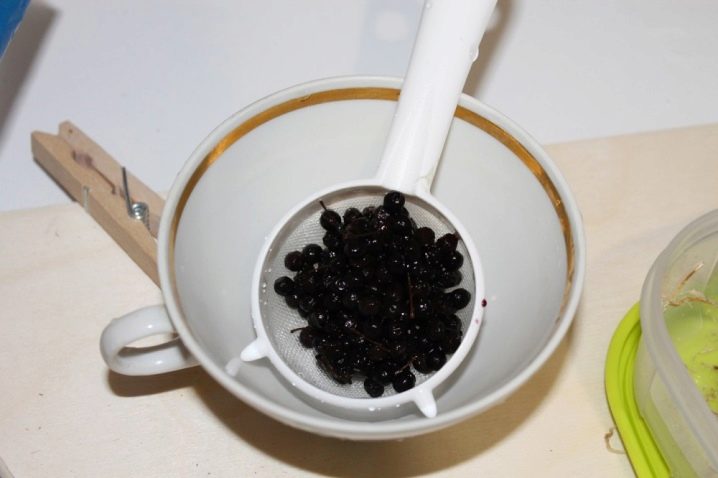
Antipka
A small shrub with the following characteristics:
- the maximum age is 200 years;
- the root system is powerful and branched;
- leaf plates of medium size, slightly tapering towards the end, green.
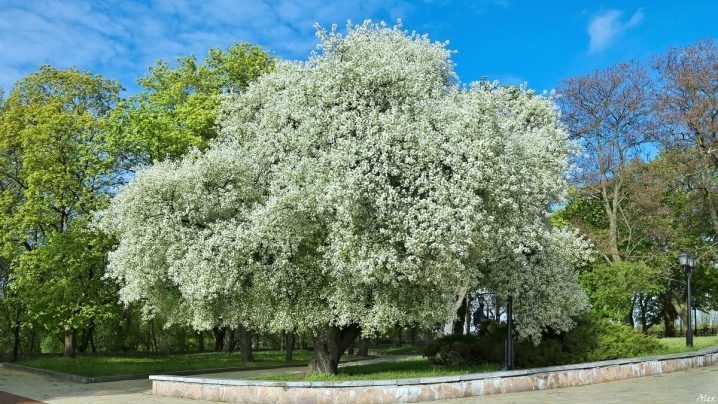
The variety is found mainly in the Middle East, but sometimes bird cherry can be found in Europe. Among the advantages of the culture are strong immunity and resistance to harsh growing conditions. Often, gardeners use Antipka as a rootstock for plums and other crops.
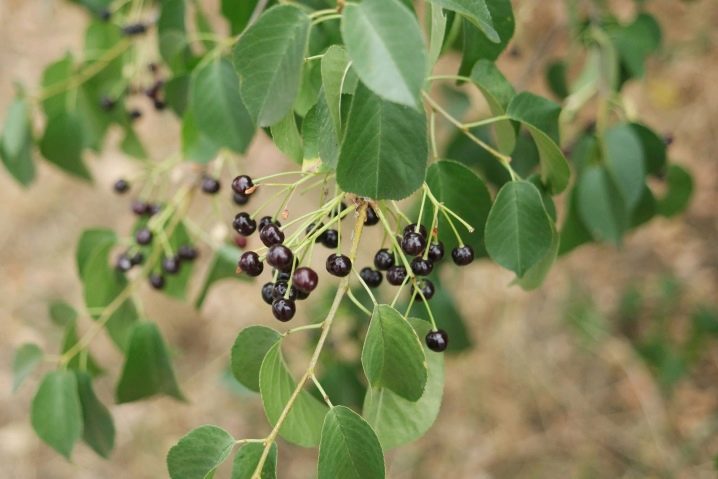
Poskistnaya
A subspecies that is suitable for planting in rather cool regions with a northern or temperate climate. Specifications:
- trees of small height, up to 5 meters;
- the trunk is rough;
- erect shoots, thin;
- leaves are elongated, have a green color;
- inflorescences are snow-white, dense, exude a light and unobtrusive aroma.

Towards the middle of spring, the undersized plant begins to form small buds of delicate shades, which then become tasty berries with a brownish skin and yellow flesh. Bird cherry fruits are eaten fresh, dried or frozen.
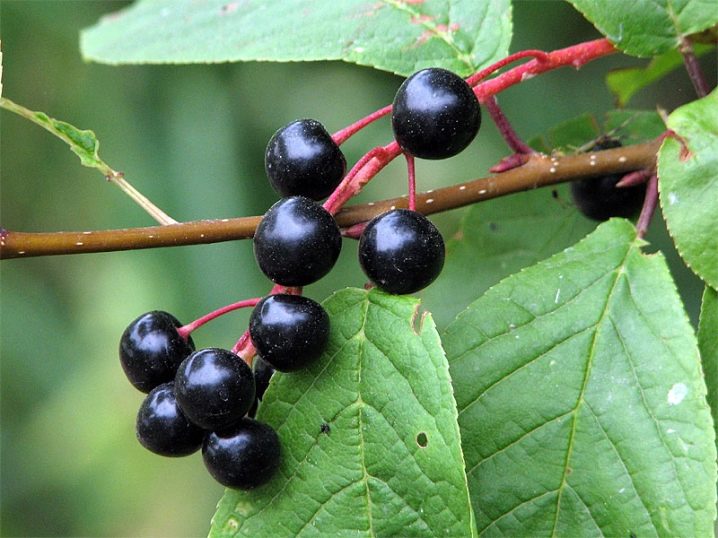
Self-fertile and Sakhalin
Special species that form fruits by the middle of summer, for which they are valued by gardeners. Among the main characteristics:
- height - up to 8 meters;
- the bark is dense and resistant to pest attacks;
- leaves of medium size, green;
- inflorescences are white, have a pleasant smell.
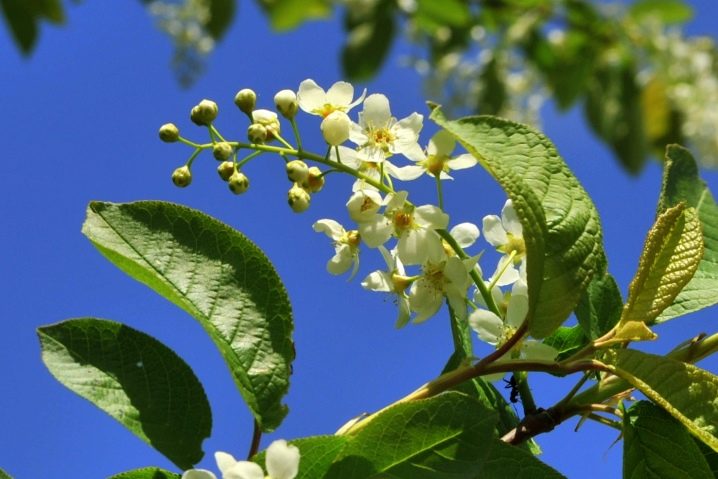
The skin of the berries is dark, the flesh is usually lighter.
Tasters note the juicy and sweet taste of the fruit, which can be used both for fresh consumption and for preparing various preparations.
Fine-sawed Amanogawa
It is one of the most beautiful varieties among the listed, therefore it often flickers in the compositions of landscape designers. Bird cherry belongs to plum trees, but the specific features of this variety belong, rather, to cherry crops. The tree is somewhat reminiscent of the famous sakura with a dome-shaped crown and pinkish inflorescences.

Examples in landscape design
Bird cherry is considered one of the most common crops, which landscape designers are actively using to arrange original compositions. The tree is mainly suitable for independent planting, as, for example, in the first photo. The rest of the vegetation is rather a background here.
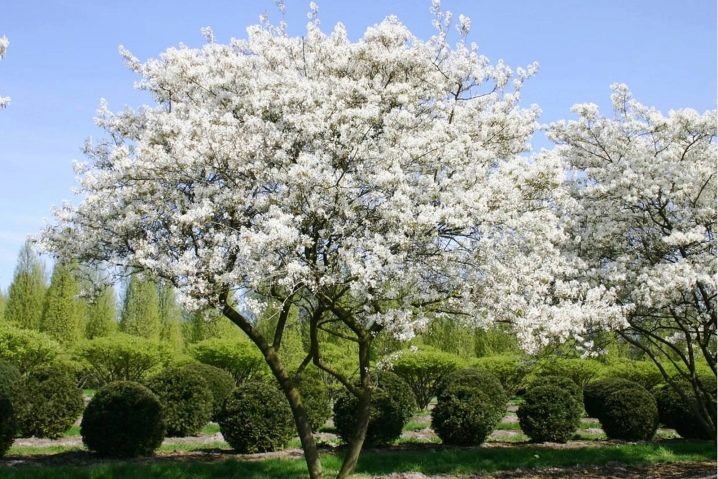
In large regions, you can find whole bird cherry alleys or parks where trees are planted along the footpaths. The same can be done at home if space permits. You can also use bird cherry in group plantings. But in this case, preference should be given to bushes that will not rise above other plants.
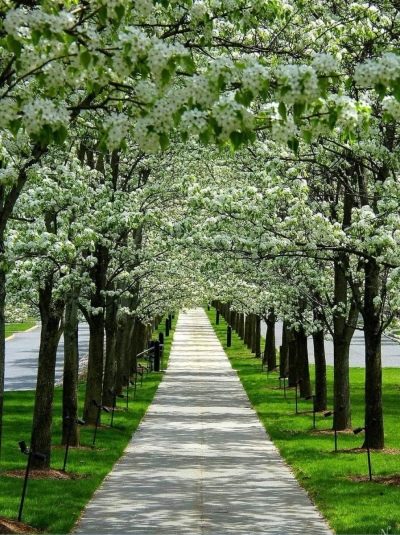
Landscape designers are able to find countless uses for bird cherry trees and shrubs. One has only to connect imagination, and the desired composition will immediately come to mind.
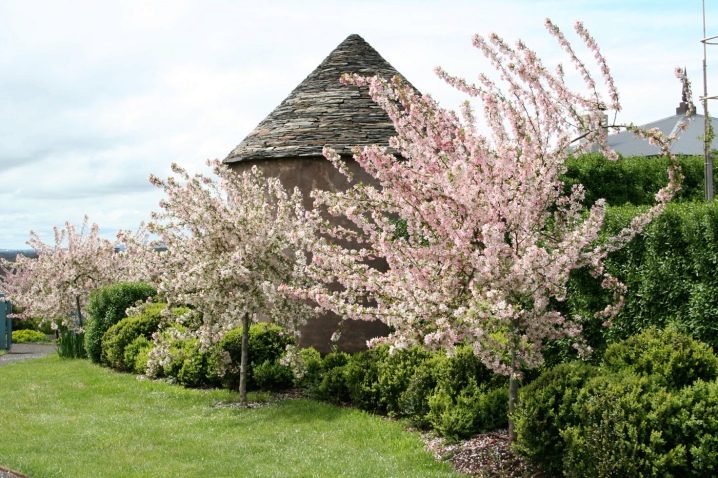









The comment was sent successfully.